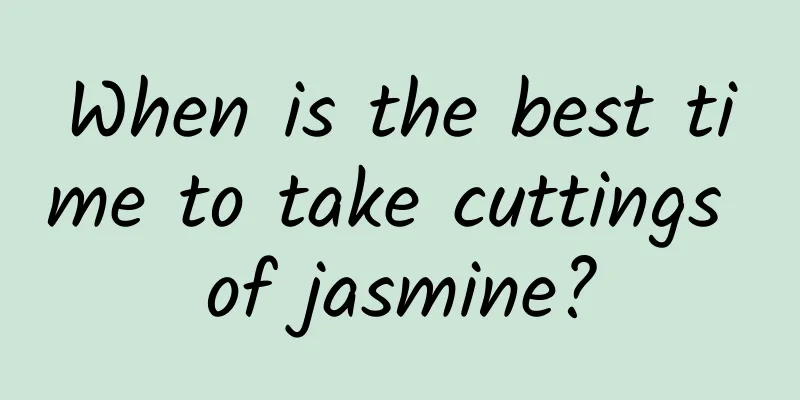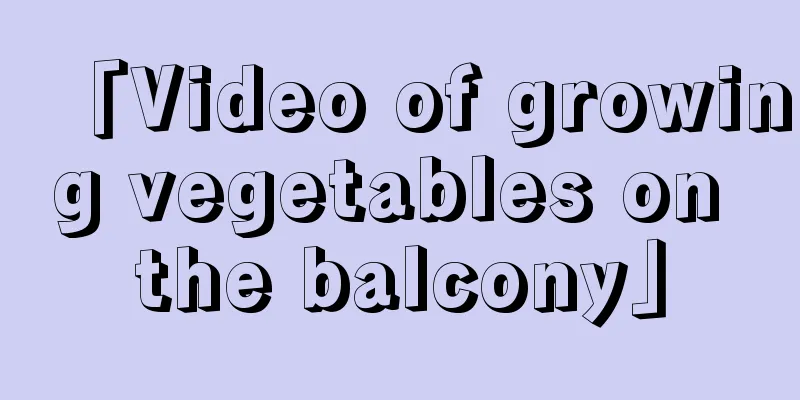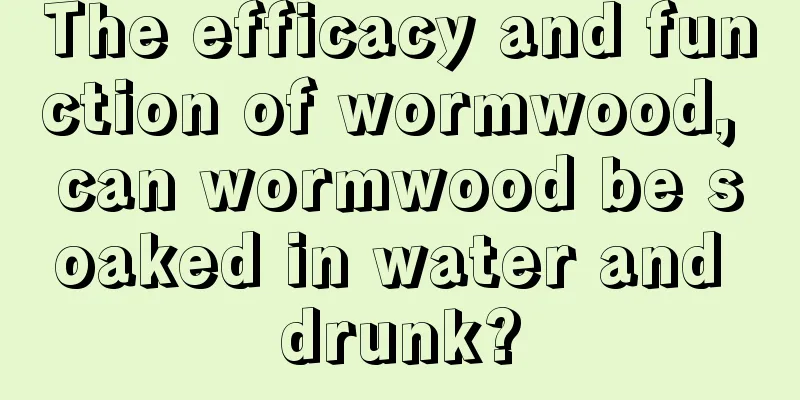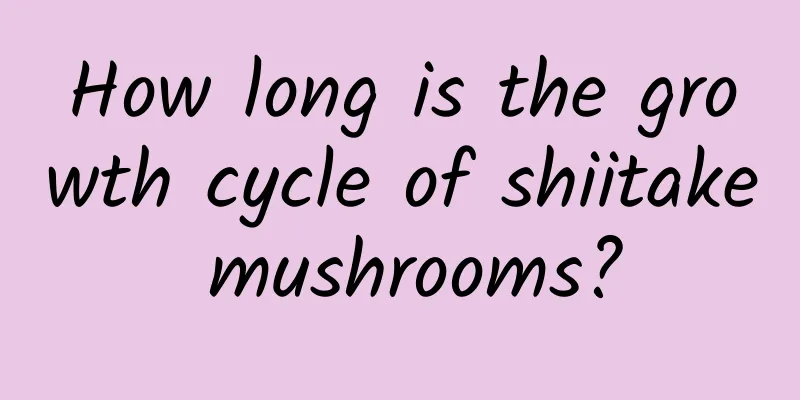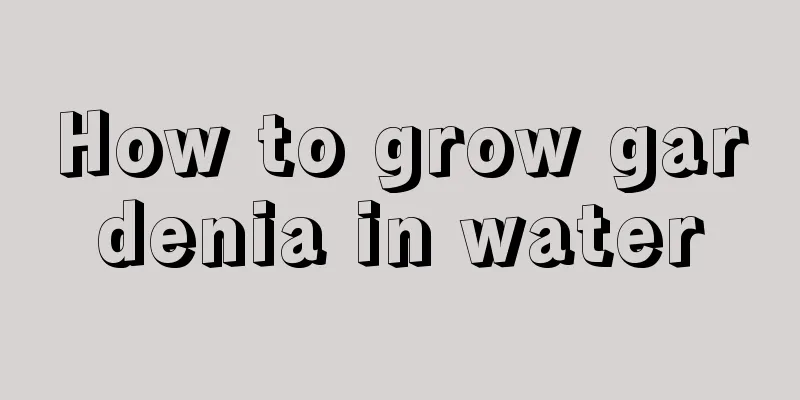The flower language and cultural connotation of Weigela
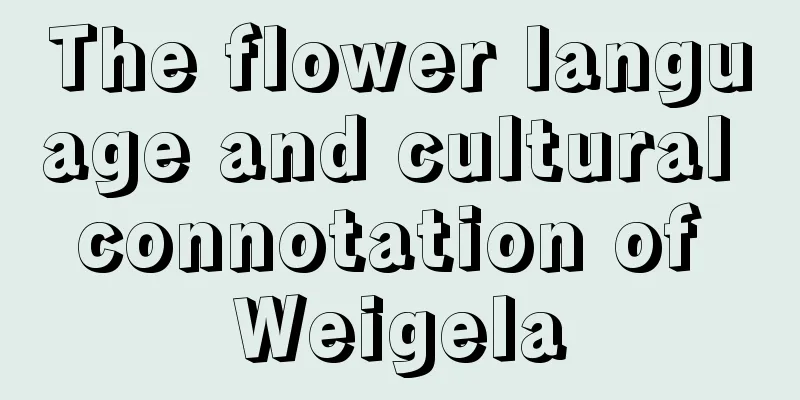
Weigela flower languageThe flower language of Weigela is a bright future, splendor and beauty, and dazzling like summer flowers. The branches of the Weigela are brilliant and shaped like a brocade ribbon. In our country, there is an idiom: a bright future. A promising future is generally used to describe a bright future like brocade. It is a word of blessing, implying that the road to a bright future is like a brocade belt full of flowers, full of fragrance and poetry. It is also talking about the beauty of life. When you want to express your blessings to others, a sprig of hydrangea is worth a thousand words. The flowers of Weigela are gorgeous and colorful, with numerous and gorgeous flowers, and have stunning beauty, representing splendor and beauty. Weigela flowers usually bloom when spring flowers have withered and summer flowers have not yet bloomed, representing a person's endless vitality and symbolizing vigorous and upward power. Cultural Connotation of WeigelaThe origin of Weigela is in China. In this land of China with rich history and culture, the hydrangea has won people's admiration for its dazzling appearance. In the hands of literati and poets, the beauty of hydrangea is full of poetic and picturesque beauty. Yang Wanli of the Song Dynasty once wrote a poem: The goddess weaves dew on her loom with the wind-blown shuttle, and the red magnolia branches hang on the green silk ground. How can she ever hold back the feet of spring? She can only relieve the resentment on the brows of the long-term guests, and the fragrance of the small trees can also inspire poems. This also implies that in the eyes of the literati at that time, the brocade belt was like a heavenly object, which could relieve people's worries and broaden their minds. Fan Chengda once wrote a poem: A gust of wind comes, and the dancing clothes flutter. It also describes the beauty of the hydrangea from the side. Wang Yu also has a poem: When was it transplanted to a monk's home, a cluster of soft branches adorned with colorful clouds. It describes the long and soft branches of the weigela and the clusters of flowers. These great poets give this beautiful flower a different cultural charm. Not only is it beautiful, it also has connotation. |
>>: Flowers represented by the four beauties
Recommend
Why are there yellow spots on the leaves of the Chinese Fortune Plant?
1. Improper watering 1. Reason: This type of plan...
Will the heavy fan bloom?
Will the heavy fan bloom? In addition to having b...
Diseases and prevention methods of Molan
Sclerotium rotum symptom People also call it fung...
How to take care of the Piranha Plant
Piranha Plant Growth Conditions The Piranha Plant...
How to grow lilies in water
1. Prune the bottom branches First, it needs to b...
Rose Pests and Their Control
Rose spider mites and their control Spider mites ...
How to Identify Taiwan Podocarpus
1. Appearance Podocarpus is a tree of the genus T...
The latest sky-high-priced succulents are out, one pot is worth a million!
Neng Hoof Jade Hottest price: 200,000 The condens...
What is the flower language of yellow bell tree
1. What is the language of flowers? The yellow tr...
When does the purple pearl bloom?
Purple Pearl Flowering Period The leaves of purpl...
What season is suitable for pruning the lucky tree?
1. Pruning season The lucky tree is usually prune...
When is the best time to plant winter melon?
Winter melon can be divided into two categories a...
I went out and broke off a willow branch, and used it to grow flowers and made a lot of money
Preparation method of willow rooting agent Why ca...
How to grow cashews
1. Maintenance methods 1. Temperature: As can be ...
If you make a small move, the flower will be killed.
1. Place the flowers on the floor heating or near...
